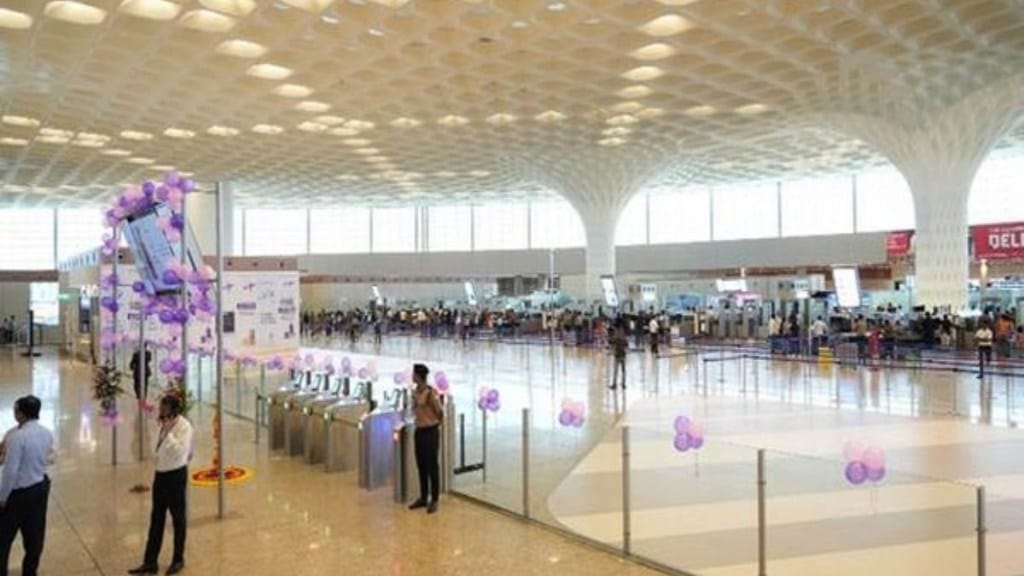India stands out as one of the world’s most rapidly advancing aviation markets, firmly securing its position as the third-largest domestic aviation market globally. Currently, the country has a network of 30 international airports and is striving to enhance airport facilities and processes to accommodate this growth.
According to a statement presented in Rajya Sabha by the Minister of State in the Ministry of Civil Aviation, Delhi and Mumbai airports led the way with 74 million and 60 million passengers handling capacity.
The Minister of State in the Ministry of Civil Aviation, V K Singh presented the average monthly and yearly passenger handling capacities of these and other international airports for the 2022-23 in the Rajya Sabha on Monday (August 7). The data highlights the dynamic nature of passenger traffic and the ability of airports to accommodate it.
Key takeaways from Ministry of Civil Aviation’s data
Delhi’s Indira Gandhi International Airport (DIAL) takes the spotlight as a prominent aviation hub, welcoming an average of 5.44 million passengers each month. This influx of travellers contributes to a substantial annual passenger handling capacity of 74 million.
Similarly, Mumbai’s Chhatrapati Shivaji Maharaj International Airport (MIAL) maintains a steady monthly average of 3.66 million passengers. This consistent influx translates to an annual passenger handling capacity of 60 million, showcasing the airport’s pivotal role in facilitating travel for a multitude of individuals.
In Bangalore, Kempegowda International Airport (BIAL) efficiently manages an average of 2.66 million passengers per month. This stream of travellers corresponds to an annual passenger handling capacity of 51.50 million.
Hyderabad (GHIAL) stands firm with an impressive annual passenger handling capacity of 21.60 million, supported by an average monthly passenger count of 1.75 million.
Chennai maintains its presence with an average of 1.55 million passengers monthly. This influx contributes to the airport’s ability to handle an annual passenger volume of 23.00 million.
The same dynamic is witnessed in each airport including Goa, Lucknow, Guwahati, Jaipur, Varanasi, Ahmedabad, Cochin, Kushinagar, among others.
Govt focus on capacity enhancement through infrastructural changes
Infrastructure improvement and facility upgrades are ongoing processes managed by either the Airports Authority of India (AAI) or relevant airport operators, Singh highlighted.
Singh also added that the government has taken several measures to enhance the ease of travel for passengers such as capacity enhancement through infrastructural changes in existing terminals, installation and commissioning of additional X-ray machines for baggage check, deployment of additional manpower by CISF (Central Industrial Security Force), airlines and airport operators, management of slot allocation and co-ordination with airlines to avoid bunching of flights.

